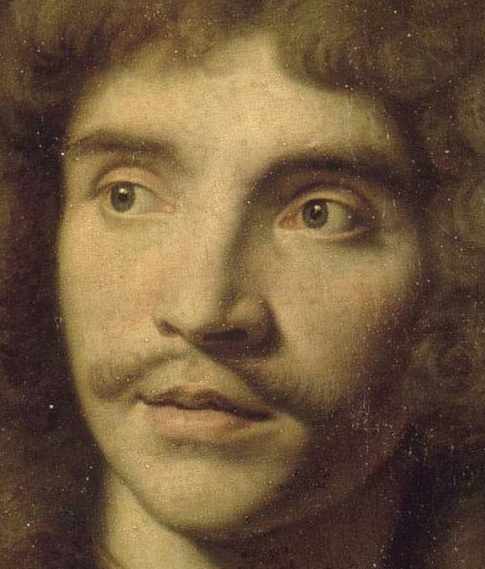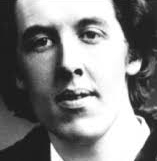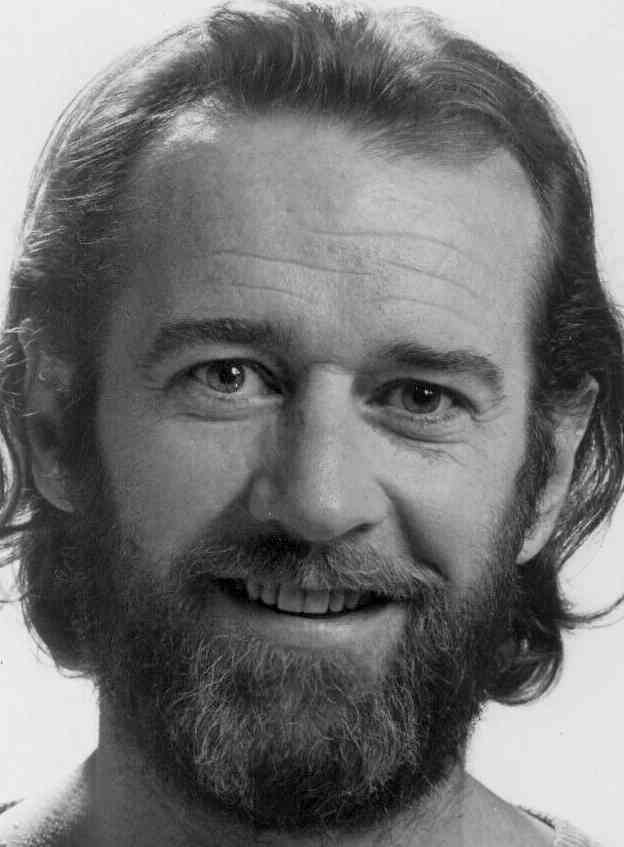Nick
Catalano is a TV writer/producer and Professor of Literature
and Music at Pace University. He reviews books and music
for several journals and is the author of Clifford
Brown: The Life and Art of the Legendary Jazz Trumpeter,
New
York Nights: Performing, Producing and Writing in Gotham
, A
New Yorker at Sea,, Tales
of a Hamptons Sailor and his most recent book,
Scribble
from the Apple. For Nick's reviews, visit his
website: www.nickcatalano.net.
Many times during
the 25 year period of my producing the Standup Comedy shows
described in the last issue of Arts
& Opinion, the question of whether this
hugely popular entertainment rose to the level of an art
form came up often. Addressing this question in a short
essay is a formidable task but a historical survey of comedy
can be helpful.
In Ancient
Greece, Aristophanes looms as the giant figure at the onset
of comic creativity. Even a quick reading of his play Lysistrata
reveals the scope of his comic genius. For the first time
in history we see Farce ( the scene with Myrrhine seducing
Kinesias is hysterical) and Satire (women using sex to oppose
the Peloponnesian war) as the two principal elements of
early comedy. Aristophanes of course utilizes these elements
in all of his plays and they are such powerful producers
of laughter that they become the essential weaponry of comedy
through the ages. Roman  writers
Plautus and Terence are quick to adopt this successful formula
as they add versification, disguise, mistaken identity,
situational irony and other techniques to further the farce
and satire. Plautus’s play Menaechmi is a
great example and connects us to Shakespeare’s Comedy
of Errors. Wisely, the great English bard here almost slavishly
imitates the Plautus play which is arguably superior to
his own early effort. Moliere later adheres to the same
farce/satire structure, and much later Oscar Wilde
writers
Plautus and Terence are quick to adopt this successful formula
as they add versification, disguise, mistaken identity,
situational irony and other techniques to further the farce
and satire. Plautus’s play Menaechmi is a
great example and connects us to Shakespeare’s Comedy
of Errors. Wisely, the great English bard here almost slavishly
imitates the Plautus play which is arguably superior to
his own early effort. Moliere later adheres to the same
farce/satire structure, and much later Oscar Wilde follows suit.
follows suit.
Of course I
am hopelessly skipping so many great writers of comedy and
ignoring all of the other elements of their genius -- poetry,
characterization, melodrama, hyperbole etc. -- but it remains
essential that we recognize the farce/satire elements as
the unqualified necessities for success in so many instances
of comic history.
Because the
initial success in modern movies and television relied so
exclusively on farce ( Ben Turpin, Harold Lloyd, The Three
Stooges, Abbot and Costello, The Marx brothers) any discussion
of their comedy as art rarely occurred. Soupy Sales’s
pie-in-the-face shtick was the symbol of farcical  success.
No one wrote seriously about any inherent aesthetic merit
here.
success.
No one wrote seriously about any inherent aesthetic merit
here.
For the sake
of brevity I’m glossing over minstrelsy, burlesque
and vaudeville because they all were so heavily committed
to farce . . . So we move on to the joke tellers. There
are so many outstanding figures: Georgie Jessel, Burns and
Allen, Fred Allen, Henny Youngman, Jack Benny, Milton Berle,
Phil Silvers, and later Phyllis Diller, Joey Bishop, Estelle
Getty and Buddy Hackett . . . This list isn’t too
helpful because I’m leaving out so many great comic
talents and besides so many of the joke tellers incorporated
elements other than simple punch lines.
Finally, we
come to the standup “observation comics” that
I produced in shows beginning in the seventies. With these
performers, farce gives way almost always to satire. The
material is taken from current events, politics, social
commentary and human relationships -- all areas that are
immediately recognizable by audiences who have often had
the same experiences that the comic describes in his routine.
But these experiences become funny only if the performer
delivers the material skillfully utilizing crafts that are
usually taken for granted i.e. timing, voice, movement,
expression, pause and persona.
Among the many
comic talents that I encountered for years perhaps the one
that best represented what I just described was George Carlin.
His material was taken from the aforementioned areas and
his delivery included all of the craft elements I described.
Any narrative that I might offer illustrating his work will
ultimately fail to communicate his art. Luckily, readers
can quickly access YouTube which contains much of his best
work. A good example of what I’m discussing is a piece he described Advertising
and Bull. In this piece we can readily access
all of the craft elements described above. There are many
of his other pieces on YouTube which support my description
and once you log on you will find material from dozens of
observation comics. Among the most talented in 'material
selection' were figures such as Bill Maher, Jerry Seinfeld,
Rodney Dangerfield and Richard Lewis. These performers worked
in the shows I produced dozens of times. Among those comics
most talented in 'delivery' were Lenny Schultz, Gilbert
Gottfried, Sam Kinison and Andy Kaufman. The delivery that
these performers gave often involved farcical elements i.e.
humorous facial expressions, props, weird attire and fabricated
voices. Thus, farce didn’t disappear entirely with
some 'obervationists.'
I’m discussing is a piece he described Advertising
and Bull. In this piece we can readily access
all of the craft elements described above. There are many
of his other pieces on YouTube which support my description
and once you log on you will find material from dozens of
observation comics. Among the most talented in 'material
selection' were figures such as Bill Maher, Jerry Seinfeld,
Rodney Dangerfield and Richard Lewis. These performers worked
in the shows I produced dozens of times. Among those comics
most talented in 'delivery' were Lenny Schultz, Gilbert
Gottfried, Sam Kinison and Andy Kaufman. The delivery that
these performers gave often involved farcical elements i.e.
humorous facial expressions, props, weird attire and fabricated
voices. Thus, farce didn’t disappear entirely with
some 'obervationists.'
When helpful
critics analyze the 'artistic' elements of great playwrights,
composers, painters, sculptors, musicians etc. they usually
parse the talents the same way I have, judging the talent
in terms of material and delivery. But artistic reputations
usually take decades and even centuries to establish. Shakespeare
was just another Elizabethan playwright until decades later
when critics such as John Dryden and Samuel Johnson established
his greatness. John Keats was a minor romantic lyricist
until Alfred Tennyson uncovered his genius half a century
after his death. Impressionistic painters i.e. Renoir, Monet,
Degas, we’re banned from the French Royal Academy
and Salon for half a century. Igor Stravinsky was ostracized
after his initial performance of the Firebird Suite
. . . and on and on. Artistic recognition is difficult to
come by.
The problem
with some newer creators is even more insidious. Talented
Jazz musicians and standup comics are doomed at present
because their area of concentration or discipline is not
considered 'artistic' much less their individual contributions.
Discussions
and feuds over what kinds of creations can be considered
as art have been going on for centuries. I can only say
that in my experiences with standup comics I have found
it pretty easy to analyze their talent in the same way that
I have analyzed Shakespearean drama, classical music, masterpiece
painting, and other established arts for my university students.
Many critics who proselytize endlessly about what they consider
major arts or minor creations are parvenus; their analyses
are too often self-serving and result in injustices to creators.
Samuel Taylor
Coleridge operating in the same spirit as Aristotle iterated
principles that are the best for evaluating the contributions
of a creator and I will paraphrase them. Simply: What is
the artist trying to do?, How well has he done it?, and
What is the significance of what he has done?